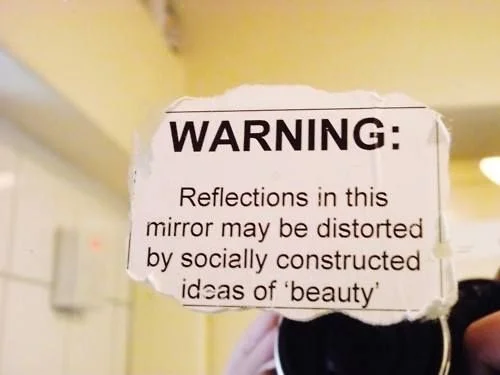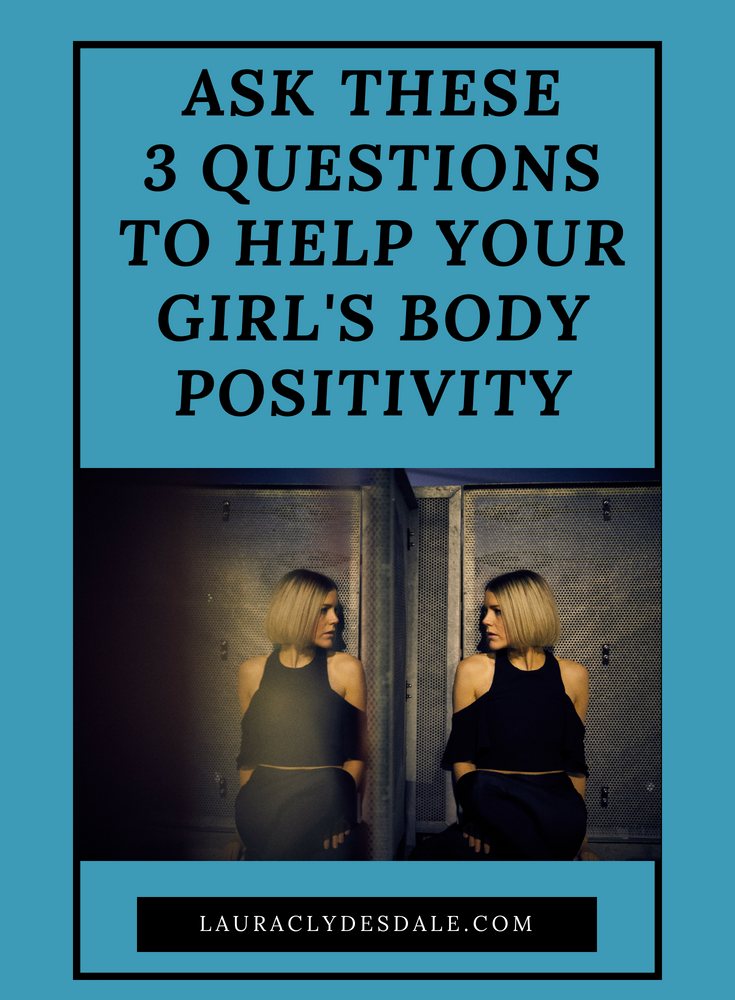(Originally featured in The Washington Post)
When they were younger, my daughter’s friends wanted lots of followers on social media, so they followed me, and I hit them back. They have matured, though, and I doubt they would ever reach out to a friend’s mom now. I don’t like or comment on their posts. I’m sure they forgot I’m still there.
But I see them. And I recently saw something that I couldn’t un-see, something that made me worry and want to discuss it with my daughter immediately.
Her friend had on a low-cut top and the photo, which supposedly was meant to showcase a necklace, highlighted her new (and substantial) cleavage. Her chin was the only part of her face that was visible. Honestly, if I’d had that body — and a mechanism to share it with the world — when I was a girl, it would have taken herculean willpower not to do what she did. This girl is only 14. I’m sure I didn’t know what willpower was at that age, let alone have the strength to deploy it. So I am sympathetic.
I’m also pleased the comments included few of the “you’re so hots,” or “damn girls” that frequent her posts. One follower’s simple response made me laugh aloud:
“Yup. Boobs.”
“Good for you for keeping your friend real, and for trying to get her back on the rails,” I thought.
The post eventually came down, but not before I checked in with my daughter.
“Did you see that post?” I asked, and my eyes drifted down to my girl’s yet-undeveloped chest.
“I have no idea what she was thinking,” she said with wide eyes and a shaking head.
“You want to talk about it?” I said.
“Mom, you know I would never post something like that,” she said.
We talk a lot about how important it is to “use social media to become a part of something bigger than yourself rather than making yourself bigger,” to quote Rachel Simmons, author of Enough As She Is. My daughter understands she should avoid the “I’m an object to be admired” posts.
“That’s not what I mean,” I told her. “I was wondering if when you saw that boob shot, it made you feel a little bad about your own body. You guys are only a month apart, and it’s clear she’s off to the races while you are still sort of stuck in the barn.”
I didn’t want to talk about using social media responsibly. I wanted to talk about body positivity. Social media can be enemy number one in helping your daughter develop, and maintain, a healthy self-image.
Data from Ruling Our Experience shows the girls who spend the most time using technology are the ones who most want to change their appearance, and that they are more likely to be sad or depressed every day. This is the same problem I faced growing up. And yet, it isn’t.
We were bombarded with teen and fashion magazines, movies and racy advertising (remember the Bud Light Girls?). Viewing those idealized images often made us feel bad about our bodies, and research shows that has changed little. One recent study showed that 70 percent of teen girls believe magazines “strongly influence” their beliefs about ideal body types.
What has changed, though, is the frequency with which girls are inundated with these images. Also, and more importantly, the comparisons aren’t just to fashion models and actresses anymore. Courtesy of social media, they are now comparing themselves with their peers, as well. There is a difference between comparing yourself to a teen idol versus friends and people you know. As a parent, I can’t use the “She has a team devoted to making her look good” or “Can you imagine how little she eats and how much she must work out to maintain that figure?” lines. My daughter knows this girl.
Jill Walsh, an expert on social media and body image, said in an interview, “Girls are not comparing themselves to media ideals as much as one would expect, but they are making micro-comparisons to their peers. It’s not me versus Gisele Bündchen in a bikini, it’s me versus my good friend Amy in our bikinis.”
So what can I say to help her navigate that?
I don’t know my daughter’s friend very well, so I can’t accuse her of self-objectification, a syndrome that can cause eating disorders and depression. It also has subtle ways to take hold of girls, exhaust them and interfere with their academic success. When a girl spends all of her time worrying about how she looks, wondering if her thighs rub together when she walks, or constantly refreshing her social media profile to see how many likes her latest selfie garnered, how can she concentrate on school lessons or homework? But there are ways I can help my daughter make sense of all of this.
Lisa Damour, the author of Untangled, suggests I encourage her to be a critical consumer of her friend’s posts, just as we encourage her to do that with other images of women in the media.
She offers three questions parents can ask girls in these situations:
“What do you think of that picture?”
“Why do you think she took it?”
“Who do you think this photo was for?”
Once my daughter can answer those questions and objectively view her friend’s bikini and cleavage shots, she can help other girls by posting body positive images. She can share gratitude toward her body for being strong enough to carry her through a sports game. Or she can take a picture of an unrealistic image in an advertisement and express disagreement with how the brand portrays women.
I took a long time to get comfortable with my shape and size. I’m still working on it, to be honest. But I now appreciate the positives, along with the things that cannot and will not change. And because I’m familiar with this long journey to body acceptance, I know this conversation won’t be a one-and-done; we will need to revisit this theme many times.
Girls today understand they can be anything, but this old demon lingers, and we have to help them learn how to combat that. “Unfortunately, we never dropped the old school expectations. We didn’t say, ‘you don’t have to have a bikini body anymore,’” says Simmons.
That is something I’ll need to repeat continually to my daughter … and to myself.





